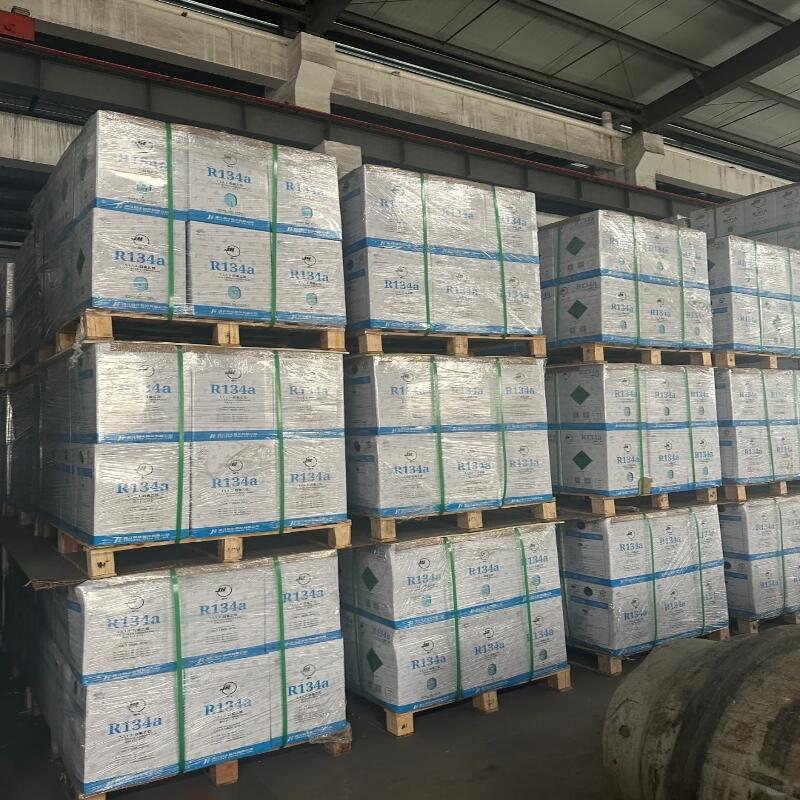-
Categories
-
Pharmaceutical Intermediates
-
Active Pharmaceutical Ingredients
-
Food Additives
- Industrial Coatings
- Agrochemicals
- Dyes and Pigments
- Surfactant
- Flavors and Fragrances
- Chemical Reagents
- Catalyst and Auxiliary
- Natural Products
- Inorganic Chemistry
-
Organic Chemistry
-
Biochemical Engineering
- Analytical Chemistry
-
Cosmetic Ingredient
- Water Treatment Chemical
-
Pharmaceutical Intermediates
Promotion
ECHEMI Mall
Wholesale
Weekly Price
Exhibition
News
-
Trade Service
Bentonite is a type of clay that is commonly used in the chemical industry as a thickener, suspending agent, and emulsifier.
It is commonly extracted from bentonite mines and is typically composed of montmorillonite, a type of smectite mineral.
In order to produce bentonite for use in the chemical industry, several different synthetic routes are often employed.
One of the most common synthetic routes for producing bentonite is through a process known as hydrothermal synthesis.
This process involves mixing bentonite with water and then heating the mixture to a high temperature, typically between 200 and 300 degrees Celsius.
The high temperature causes the clay particles to swell and eventually form a gel-like substance.
This gel is then further processed to remove impurities and to produce a purified bentonite product.
Another synthetic route for producing bentonite is through the use of a chemical precipitation process.
In this process, a solution of a metal salt, such as sodium or calcium, is mixed with an aqueous solution of a silicate compound.
The mixture is then allowed to react, forming a hydrated metal oxide gel that is subsequently heated to produce the desired bentonite product.
Ion exchange is another synthetic route used to produce bentonite.
In this process, a sodium or calcium ion exchange resin is used to exchange ions with the montmorillonite minerals in the clay.
This results in the formation of a highly purified bentonite product that is commonly used as a thickener or suspending agent in various chemical applications.
The choice of synthetic route for producing bentonite depends on a number of factors, including the desired properties of the final product and the cost and availability of the raw materials.
For example, hydrothermal synthesis is typically more expensive than chemical precipitation or ion exchange, but it can produce a more pure bentonite product.
On the other hand, chemical precipitation and ion exchange are often less expensive, but the resulting bentonite products may have lower purity levels and may not be as effective in certain applications.
Overall, the synthetic routes for producing bentonite are important in the chemical industry because they allow for the production of a high-quality, purified clay product that can be used in a variety of applications.
Whether through hydrothermal synthesis, chemical precipitation, or ion exchange, the production of bentonite is an important part of the chemical industry and will continue to be an important component in the development of new and innovative products.





